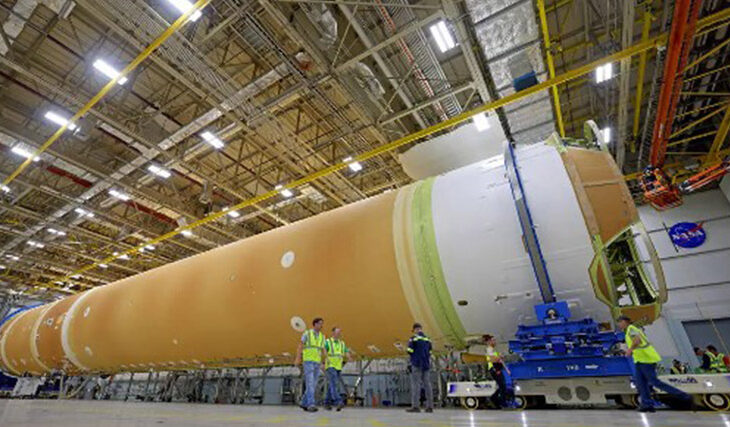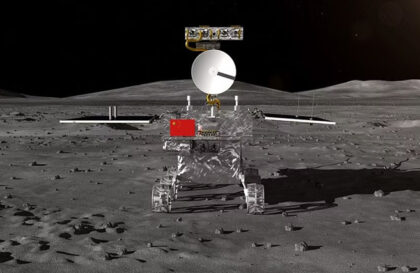For a successful launch planned for 2024, water is a critical component required to ensure safety.
When it starts to get hot, the volume of water is excellent, equivalent to 1.5 million liters or 400,000 gallons, flood the launch pad. This is designed to protect various components, such as NASA’s SLS rocket, the launch pad itself, the mobile launcher, and the Orion spacecraft, from the intense pressure and noise during the burning and burning process.
NASA has begun preparations for the upcoming Artemis 2 mission, which should transport astronauts around the Moon by the end of 2024. As part of this preparation, a “water flow test” was conducted on a mobile launch vehicle that will facilitate Space Launch—system missile. The test, the third in a series, took place at NASA’s Kennedy Space Center and was designed to ensure the overpressure and noise protection system was ready for launch.
During a significant test on Tuesday, October 24, the mobile launcher for the mission to the larger of the two satellites became wet.
The mobile launcher that powers the SLS is being tested for about six months to ensure it is ready for the upcoming Artemis 2 mission.
The purpose of the mission is for four astronauts to embark on their first lunar journey in fifty years. The crew consists of NASA Commander Reid Wiseman, NASA pilot Victor Glover (who became the first person of color to leave Earth orbit), and NASA Mission Specialist Christina Koch (who received an award for being the first woman to leave Earth orbit). orbit) and Jeremy Hansen of the Canadian Space Agency (who became the first non-American to do so).
Following the successful launch of the Artemis 1 unmanned spacecraft in 2022, NASA developed the Rainbirds, five large water nozzles that deliver water to the launch pad supporting Artemis 2. The Rainbirds provide full deck coverage during operation to protect the mobile launcher from the impact of a rocket explosion.
Construction of the first stage for the SLS is underway, along with the boosters, which were transported by train to KSC in early October. NASA also purchased the crew and service modules of the Orion spacecraft on October 19. The next step for the Orion spacecraft is testing a chamber that can simulate changes in power and altitude, announced Oct. 23, according to NASA.
Cosmonauts are also being trained. Artemis 2 astronauts are scheduled to undergo training with a geological imaging camera and other tools necessary for work in near-Earth orbit at NASA’s Johnson Space Center. Medical training and simulated recovery will soon be incorporated into their training regimen. Over the past few weeks, the crew has completed important training phases such as launch dress rehearsal and geological training.
The Artemis program consists of several NASA initiatives that include lunar exploration. The agency’s primary goal is to land the Artemis 3 spacecraft on the moon, tentatively scheduled for 2025 or 2026. This goal depends on the readiness of the SpaceX Starship landing system, the Axiom Space suit collection, and the triumph of Artemis 2.
Banner image: Teams at NASA’s Michoud Assembly Facility in New Orleans have fully integrated all five major structures of the Space Launch System (SLS) rocket’s core stage for Artemis II, the first crewed Artemis mission that will send four astronauts around the Moon and return them home. Credit: NASA/Michael DeMocker
Image credit:
https://www.nasa.gov





